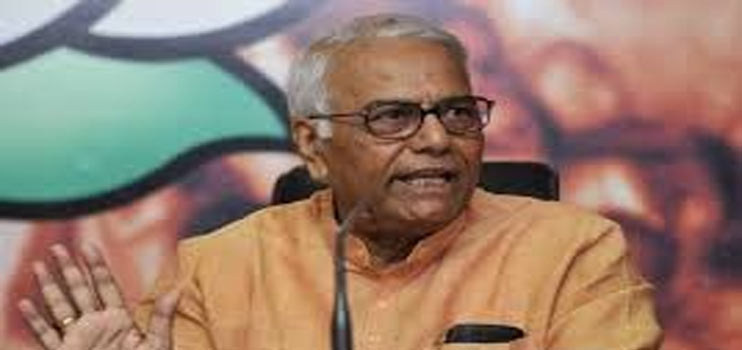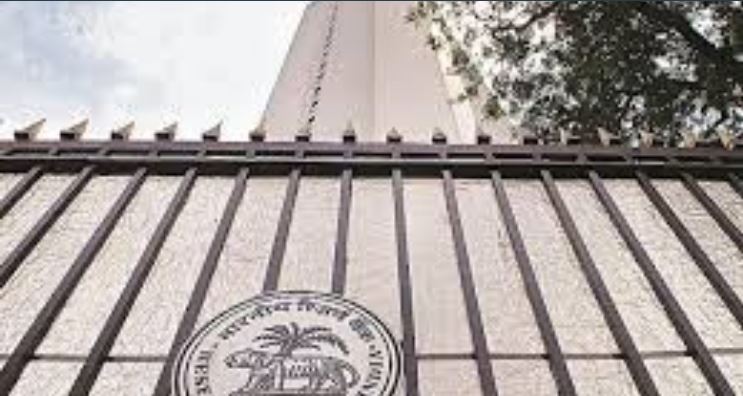No prizes for guessing what everyone and their aunt expect from Finance Minister Nirmala Sitharaman’s Budget: She should restore the sanctity of the annual estimation of revenue and expenses by presenting credible fiscal numbers.
In the last Budget, her first, she had not only stuck to the path of fiscal consolidation but also improved the fiscal deficit target – from 3.4 per cent of the GDP in the Interim Budget to 3.3 per cent. The figure was based on an assumption that the nominal GDP will grow at 11 per cent, higher than 10.5 per cent projected in the Interim Budget. The finance minister also expected higher dividend from the Reserve Bank of India (RBI) and more money from selling government stake in companies. The tax collection target too was ambitious — estimating a 18.3 per cent growth in fiscal year 2020, more than double that achieved in 2019.
All assumptions have gone wrong. The GDP growth slowed to a 26-quarter low of 4.5 per cent in the September 2019 quarter. It may have bottomed out but even higher inflation will not help achieve a 11 per cent nominal growth in GDP for the year. Indeed, the RBI has transferred a record Rs1,23,414 crore of its surplus to the central government for the fiscal year 2018-19 and an additional Rs52,637 crore of excess provisions as recommended by a committee that looked into the so-called economic capital framework but the expectations were even higher. The tax collection target has been off the mark and the government stake sale in companies is unlikely to fetch the sum expected.
No one would be upset if the fiscal deficit target is missed, provided there is transparency on how data is crunched, and if this is treated as an exception with no plan to junk the path of fiscal consolidation outlined by the Fiscal Responsibility and Budget Management Act. After the targets were put off several times, a committee that reviewed the targets set out by the Act has recommended that the government should target a fiscal deficit of 3 per cent of the GDP in the years up to March 2020; 2.8 per cent in 2020-21 and 2.5 per cent by 2023. This is difficult to achieve but international rating agencies will not be kind to any deviation from a credible medium-term fiscal consolidation plan.
Her last Budget stripped the National Housing Bank off its regulatory responsibility and passed this on to the RBI and empowered the Indian central bank to change the management of non-banking finance companies (NBFCs) and supersede their boards if they were not doing their jobs. The RBI could also check the books of the non-finance subsidiaries of the NBFCs and remove their auditors even if incentives were offered to the banks for buying high-rated pooled assets of financially sound NBFCs of up to Rs1 trillion, backed by the government’s partial credit guarantee. However, these steps have not been enough to address the crisis of confidence that the NBFC sector has been suffering from.
There have been media reports on the government plan to purchase assets from the stressed NBFCs to help them tide over the crisis and ensure credit flow. Such reports say the RBI may set up a special purpose vehicle to run the programme. It will be a surprise if India decides to mimic the Troubled Asset Relief Programme run by the US Treasury to stabilise the country’s financial system in the aftermath of the financial crisis triggered by the collapse of investment bank Lehman Brothers Holding Inc, but some initiatives to put the NBFC sector back on the rails will help the economy.
It’s nice to see that the government junked its plan to raise part of its annual gross borrowing overseas in foreign currencies but the Rs70,000 crore recapitalisation package of public sector banks has not achieved the purpose. They are not lending. Till January 3, credit growth in the current financial year has been a measly 2.8 per cent (against 8.3 per cent last year) and a rating agency has predicted a 58-year low credit growth for the current financial year.
The last Budget document spoke about “reforms… to ensure governance in public sector banks”. One would wonder what reforms have been undertaken since then. Of course, if consolidation is reform, then we have seen it. After a three-bank consolidation, led by Bank of Baroda, 10 public sector banks are being merged to form four banks. Why? I am sure it’s not a rescue plan for the sick banks; the government has a grand scheme behind it unlike its experiment with “privatisation” in the banking space. It is no longer the majority owner of IDBI Bank Ltd. It has passed the parcel to Life Insurance Corporation of India.
Since 1986, the government has pumped in close to Rs4.17 trillion capital in public sector banks (PSBs) in different forms; the bulk of the amount — Rs3.85 trillion — has flowed in the past decade since 2009. How much has the government earned from this in the form of dividend? Should it continue to do so?
In 2000, the then finance minister of the National Democratic Alliance-I government Yashwant Sinha had announced: “To meet the minimum capital adequacy norms set by RBI and to enable the banks to expand their operations, public sector banks will need more capital. With the government budget under severe strain, such capital has to be raised from the public which will result in reduction in government shareholding. To facilitate this process, government has decided to accept the recommendations of the Narasimham Committee on Banking Sector Reforms for reducing the requirement of minimum shareholding by the government in nationalised banks to 33 per cent. This will be done without changing the public sector character of banks and while ensuring that fresh issue of shares is widely held by the public.”
Since then, the government finances have not improved and the state of affairs in PSBs has worsened. Is it time to take a relook at the promise made two decades back?



